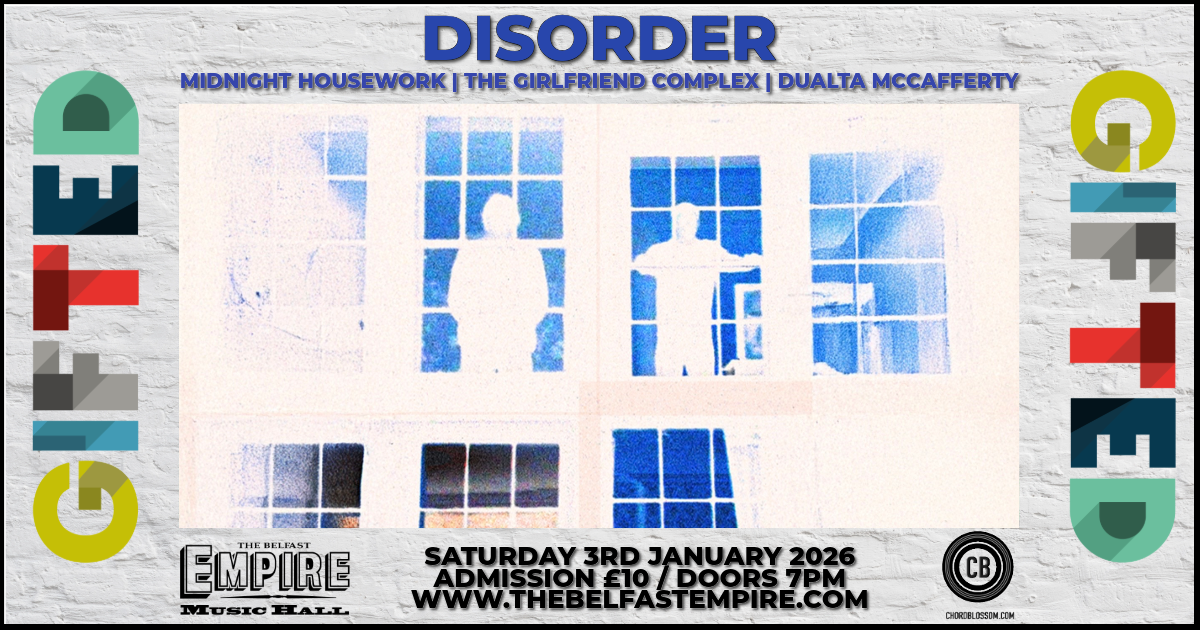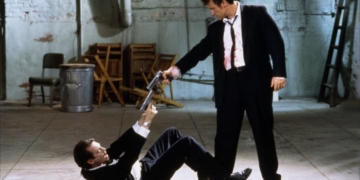While Wes Anderson’s 2001 dark comedy ‘The Royal Tennenbaums‘ creatively integrates music throughout, the moment in which Elliot Smith’s ‘Needle in the Hay’ plays over the attempted suicide of Richie Tennenbaum is perhaps the most poignant.
The film’s characters toy with the idea of their own death in an almost playful manner throughout, with Margot Tennebaum’s taping of a TV to the edge of her bath in a slapdash effort to prevent her own electrocution, Royal Tennenbaum’s wish for an extraordinary grave to be his own, and Raleigh St. Clair’s sheepish attempt to block a car transporting his escaping wife using his own body providing just three examples of this.
However, it is the point where Richie confronts himself in a mirror and claims “I’m going to kill myself tomorow” before cutting his wrists open that represents the transformation of death from a comic symbol of inevitability into the desperate final act of a life full of self-loathing and pain.
The scene would be moving even if it was completely silent, but Smith’s simplistic acoustic arrangement and hushed vocals serve purely to emphasize its tenderness. As he sings “I’m taking the cure so I can be quiet” following a narrative perspective detailing a jealous third party’s analysis of the relationship between his desired lover and another man, he manages to perfectly parallel Richie’s forbidden lust over his own adopted sister, a married women.
With all these factors considered, the ‘needle in the hay’ the song’s refrain refers to so often is given a painfully destructive connotation.
When one considers Smith’s death at his own hands in 2003, the scene only increases in poignancy; In a miserable case of art reflecting life, we are presented with a man prolifically ridden with thoughts of self-destruction, who ultimately ended his existence in suicide, eerily providing the soundtrack to his own visual counterpart.
For those of you who haven’t seen The Royal Tennenbaums, it represents Wes Anderson at his most Wes Anderson, a statement that will mean different things to different people. However, even if you’re not a fan of the auteur’s polarising visual style, it cannot be denied that this scene provides a perfect example of how music and film can work together for both their benefit.







